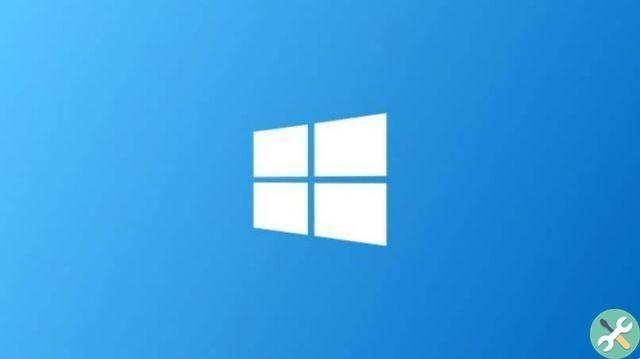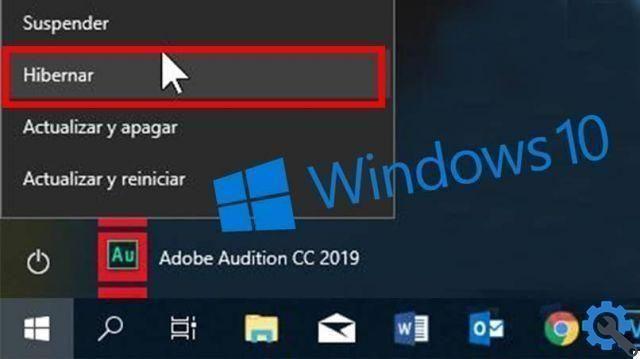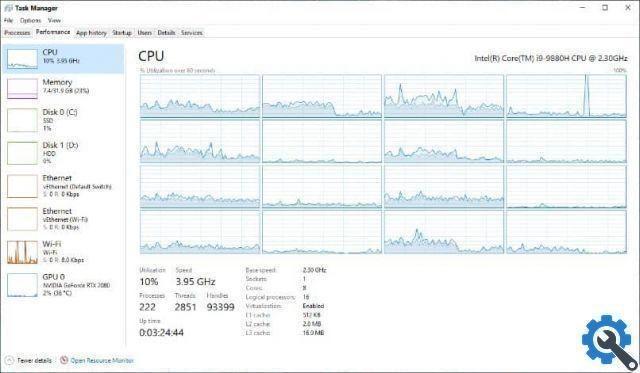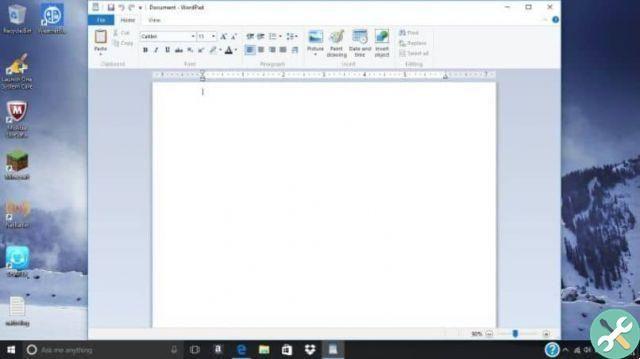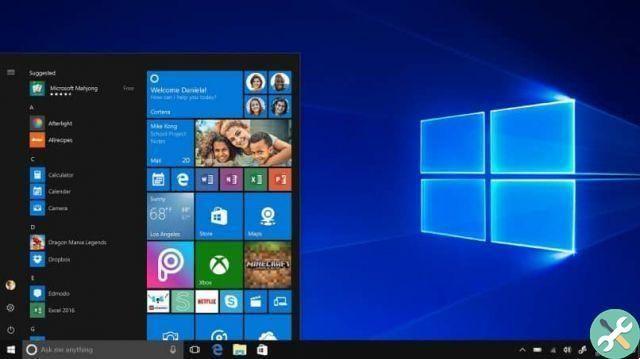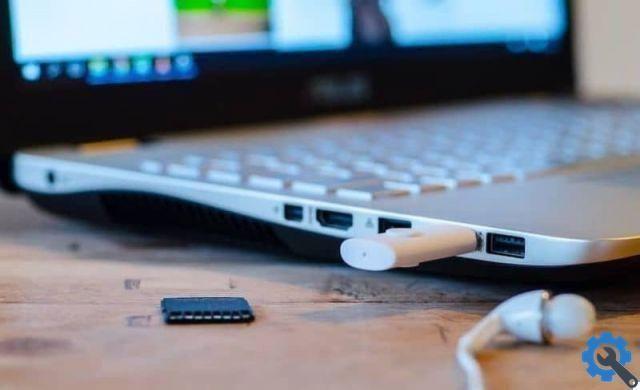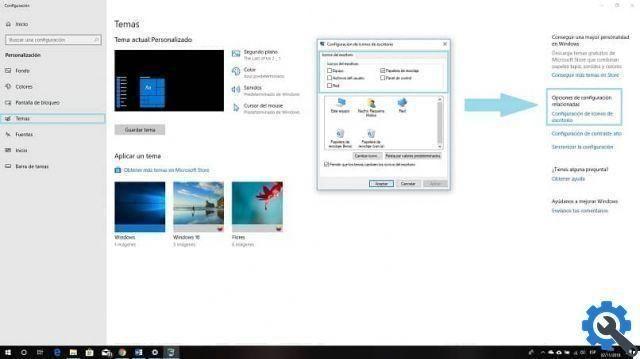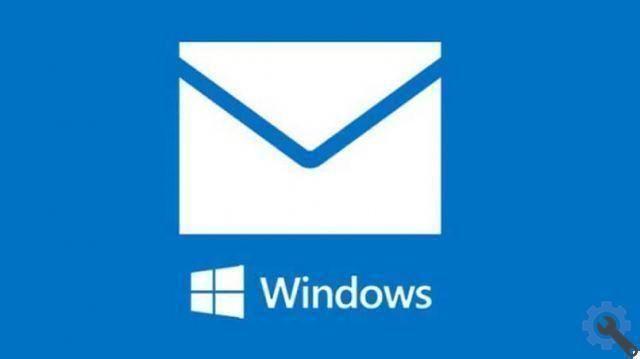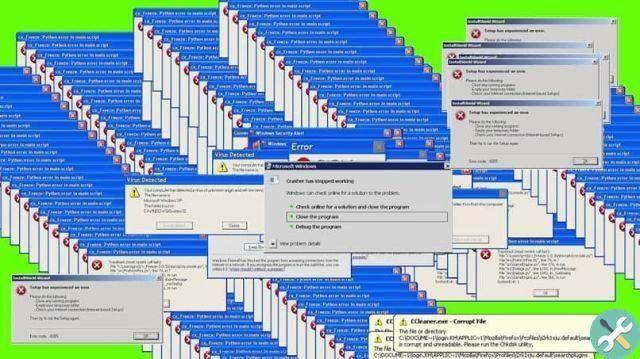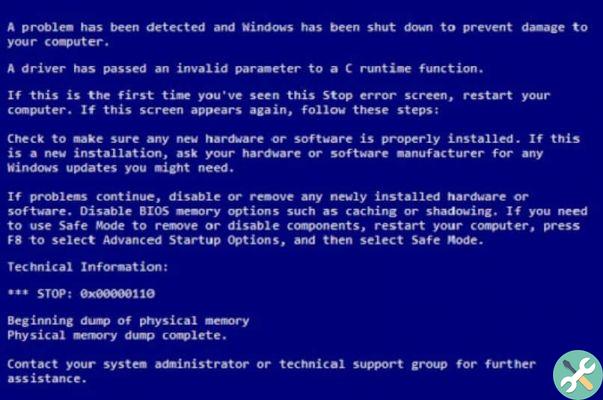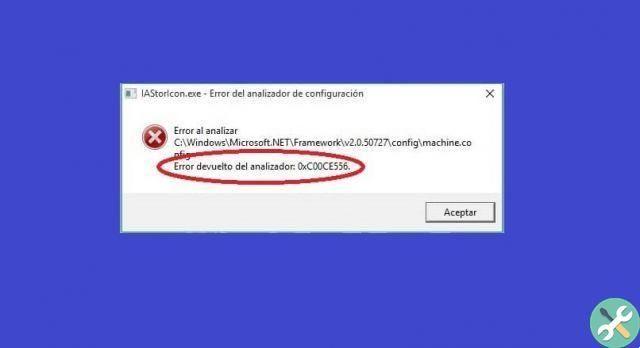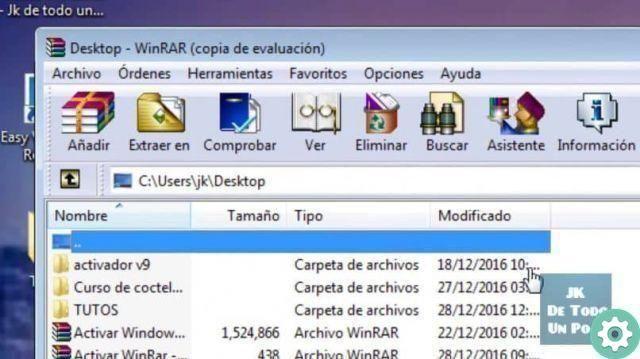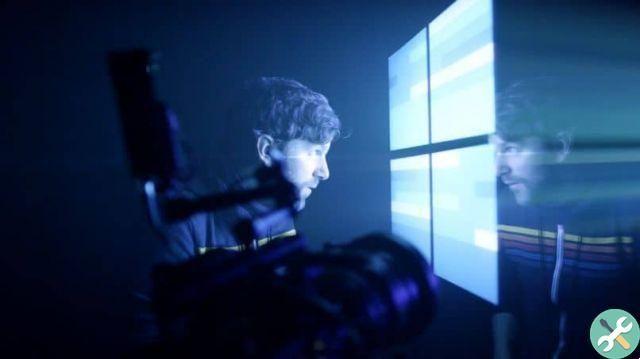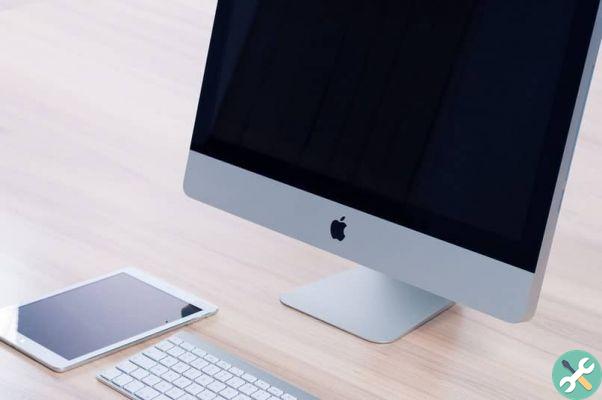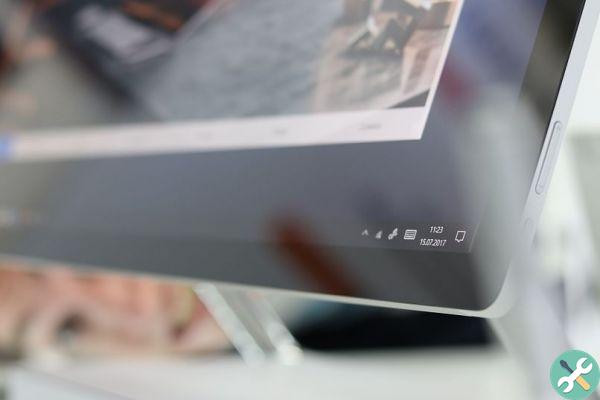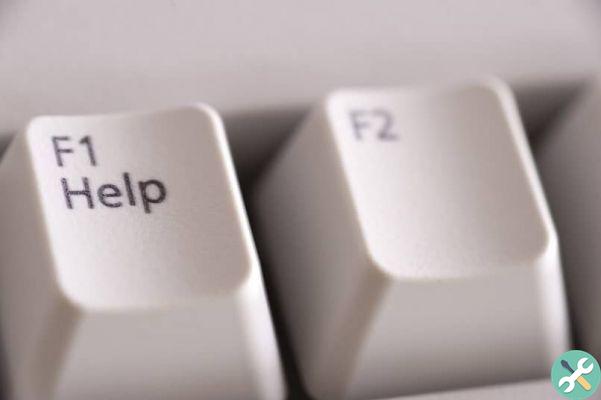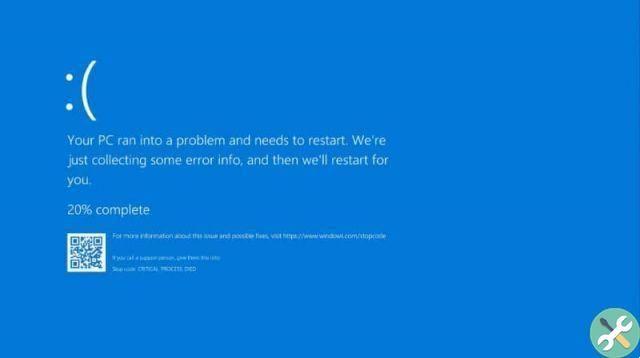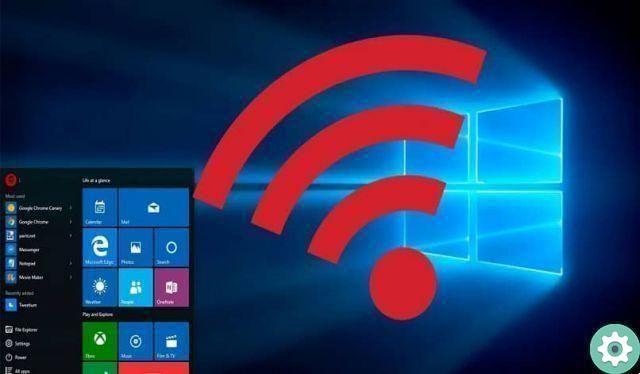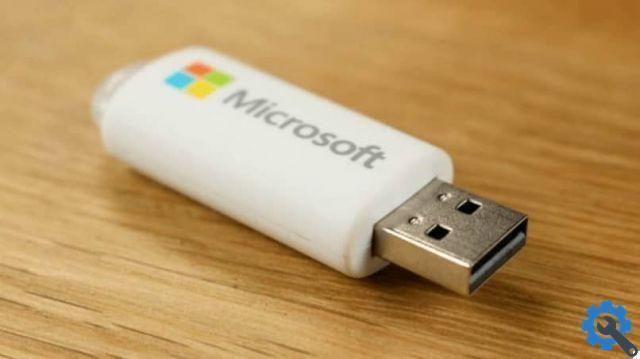In today's article we will go to see how to delete windows.old folder in windows 10 via CMD quite simply and above all in a few steps.
The Windows.old folder contains an “old” version of the operating system. It is present in the event of any update or other failure within the operating system.
However, it is not really necessary and can take up a large amount of storage space and we should resort to freeing up space on your Windows PC hard drive as you may be using it for other things.
Do you want learn how to delete Windows.old folder in Windows 10 via CMD? We will teach you how to do this by following two methods: the first via the command console and the second via the Windows 10 graphical interface.
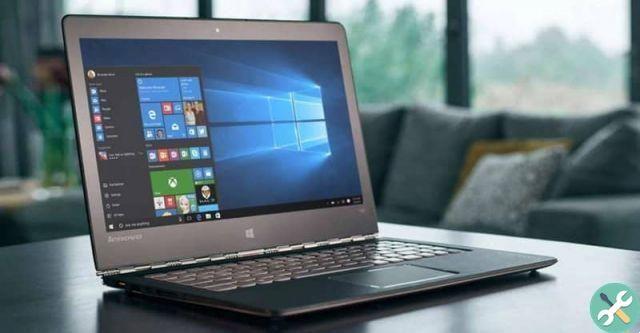
How to delete Windows.old folder in Windows 10 via CMD
We are going to delete the Windows.old folder using the command prompt. This is a very simple process to perform and how to remove or completely uninstall PowerShell or delete the $ SysReset folder and that we can do by following the steps that I will leave you a little bit below.
- For this, the first thing you should do is open " Command Prompt " to press " start "And then type" cmd ".
- Now you will need to right click on " Command Prompt "And select" Run as administrator ".
- A dark window will open. In it we will have to add the following lines, you can copy and paste them. After having pasted each of them you have to press " Submit ”Remember that you have to paste each of these commands separately: takeown / F c: Windows.old * / R / A, cacls c: Windows.old *. * / T / grant administrators: F, rmdir / S / Q c: Windows.old
If after entering one of these commands it asks you Are you sure? So we will have to press the letter S and then enter to confirm. This way you can delete all traces of the Windows.old folder without any kind of problem.
What are these commands for? What we add first is to collect information about the ownership of the folder and all the content it has in device manager.
The second of these is to take ownership of the folder in question and everything in it. And the last of these commands is just to delete the entire folder, including the contents it has inside.
It is essential to proceed step by step, since without the previous commands we will not be able to delete the folder because it is used by the same operating system. If we tried to delete it with the last command without running the previous two, we would simply be denied access.
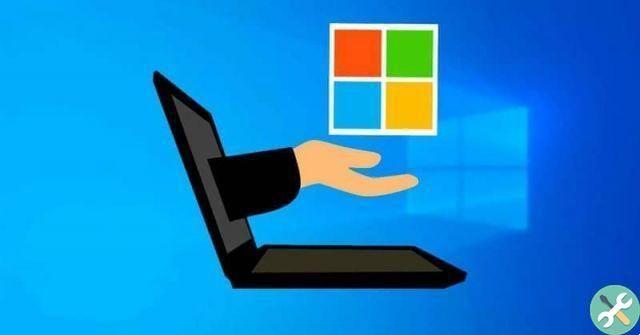
How to delete the Windows.old folder in Windows 10
If you don't want to use Command Prompt and prefer to delete Windows.old from a graphical interface, we can do it by following these steps:
- Click on " start And then on the gear icon on the left.
- Next, we enter the Windows configuration menu where you will need to access the " System ".
- After that we will have to click where it says " Archiving ”In the left sidebar of the screen.
- Here you will have to press on the hard drive on which Windows is installed, usually it is C.
- So press where it says " Temporary files ".
- All the files you see in this section can be deleted and will not cause any kind of problem on your computer.
- Mark the option " Previous version of Windows ”And that way we make sure we delete Windows.old.
- To finish, simply click on " Remove files ”And the process will begin, it may take some time depending on the size of all the files you are about to delete.
After going through this process, it's best to restart your computer so the changes take effect and note the space you now have available to use as you like.
Remember that if you have any kind of doubt about how to delete the Windows folder from the command prompt or CMD you can leave it in the comment box that you find a little further down and we will be happy to help you.




